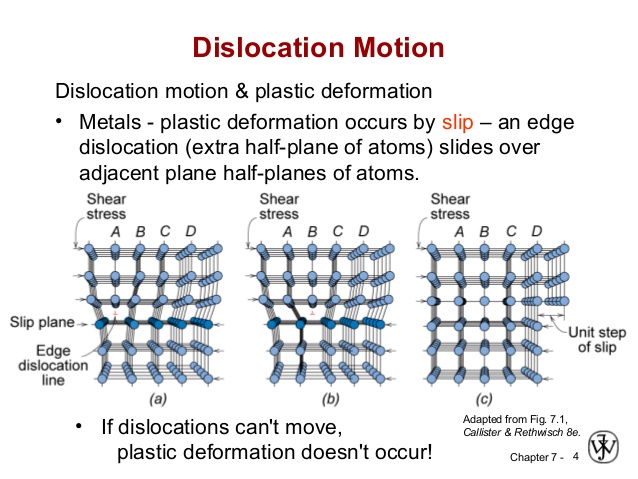OK...please explain to me exactly what is a "rolled edge"?
How is it formed......by use of knife, or poor sharpening technique?
And, how do you detect it and remove it?
I had read in the Sharpening forum, that edge trailing strokes cause rolled edges, and I thought that edge trailing strokes (stropping) removed burrs.
Confused....
How is it formed......by use of knife, or poor sharpening technique?
And, how do you detect it and remove it?
I had read in the Sharpening forum, that edge trailing strokes cause rolled edges, and I thought that edge trailing strokes (stropping) removed burrs.
Confused....





